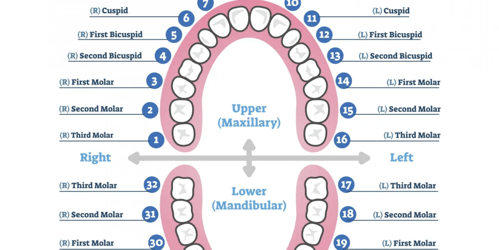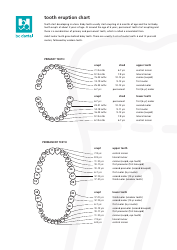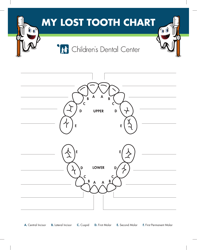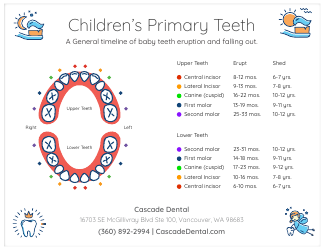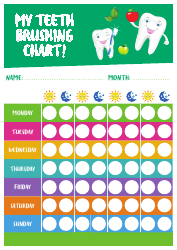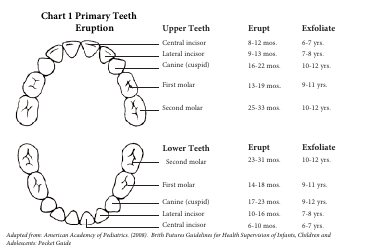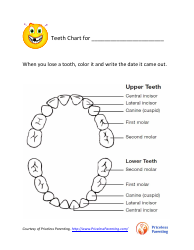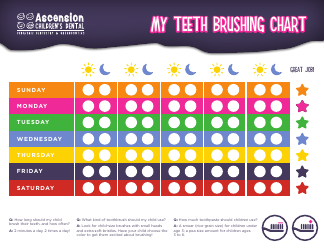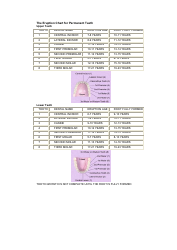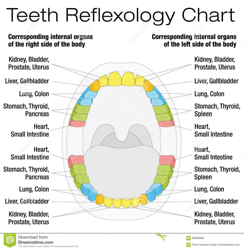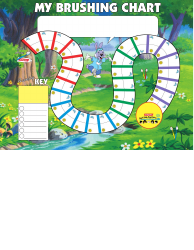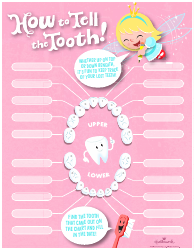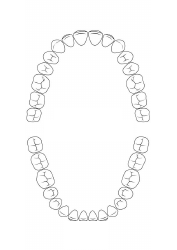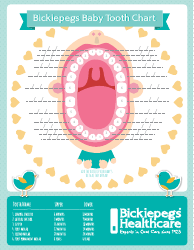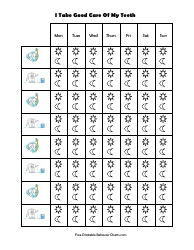Teeth Numbers and Names Chart
The Teeth Numbers and Names Chart is used by dentists to identify and refer to specific teeth in the mouth. It helps in communication and record-keeping during dental procedures and treatments.
The teeth numbers and names chart is typically maintained and filed by the dentist or dental assistant at the dental office.
FAQ
Q: What is a teeth numbers and names chart?
A: A teeth numbers and names chart is a visual representation of the different teeth in the mouth.
Q: Why is a teeth numbers and names chart useful?
A: A teeth numbers and names chart is useful for identifying and communicating about specific teeth.
Q: How many teeth are in the human mouth?
A: The average adult mouth contains 32 teeth.
Q: What are the different types of teeth in the mouth?
A: The different types of teeth in the mouth are incisors, canines, premolars, and molars.
Q: What are incisors?
A: Incisors are the eight front teeth in the mouth, four on the top and four on the bottom.
Q: What are canines?
A: Canines are the sharp, pointed teeth located on each side of the incisors.
Q: What are premolars?
A: Premolars, also known as bicuspids, are located behind the canines and are used for chewing and grinding food.
Q: What are molars?
A: Molars are the back teeth in the mouth and are also used for chewing and grinding food.
Q: How are teeth numbered in a chart?
A: Teeth are typically numbered from 1 to 32, starting with the upper right third molar (1) and ending with the lower right third molar (32).
Q: What are the names of the different teeth in a chart?
A: The names of the different teeth in a chart are maxillary (upper) and mandibular (lower) right and left molars, premolars, canines, and incisors.


